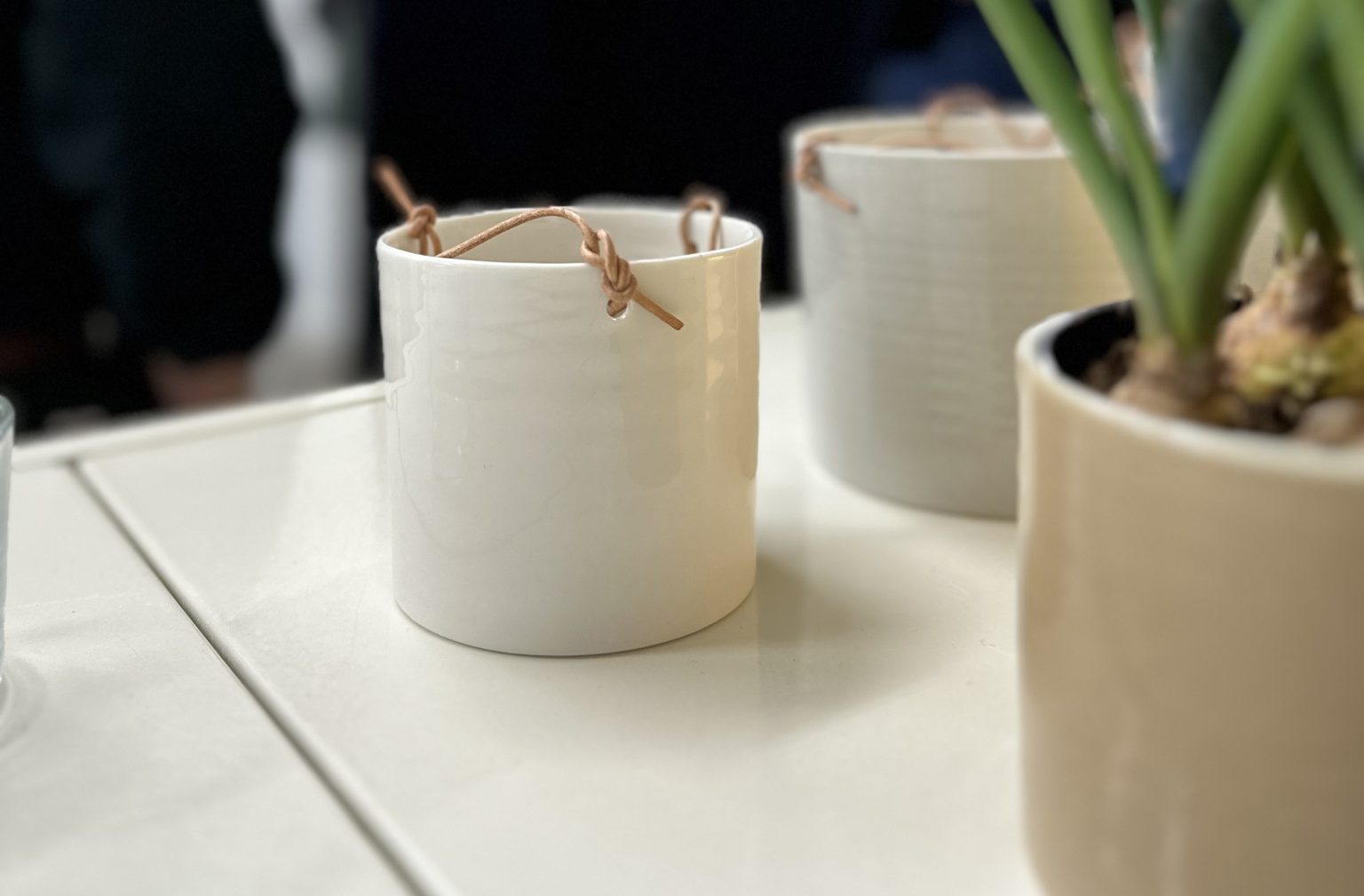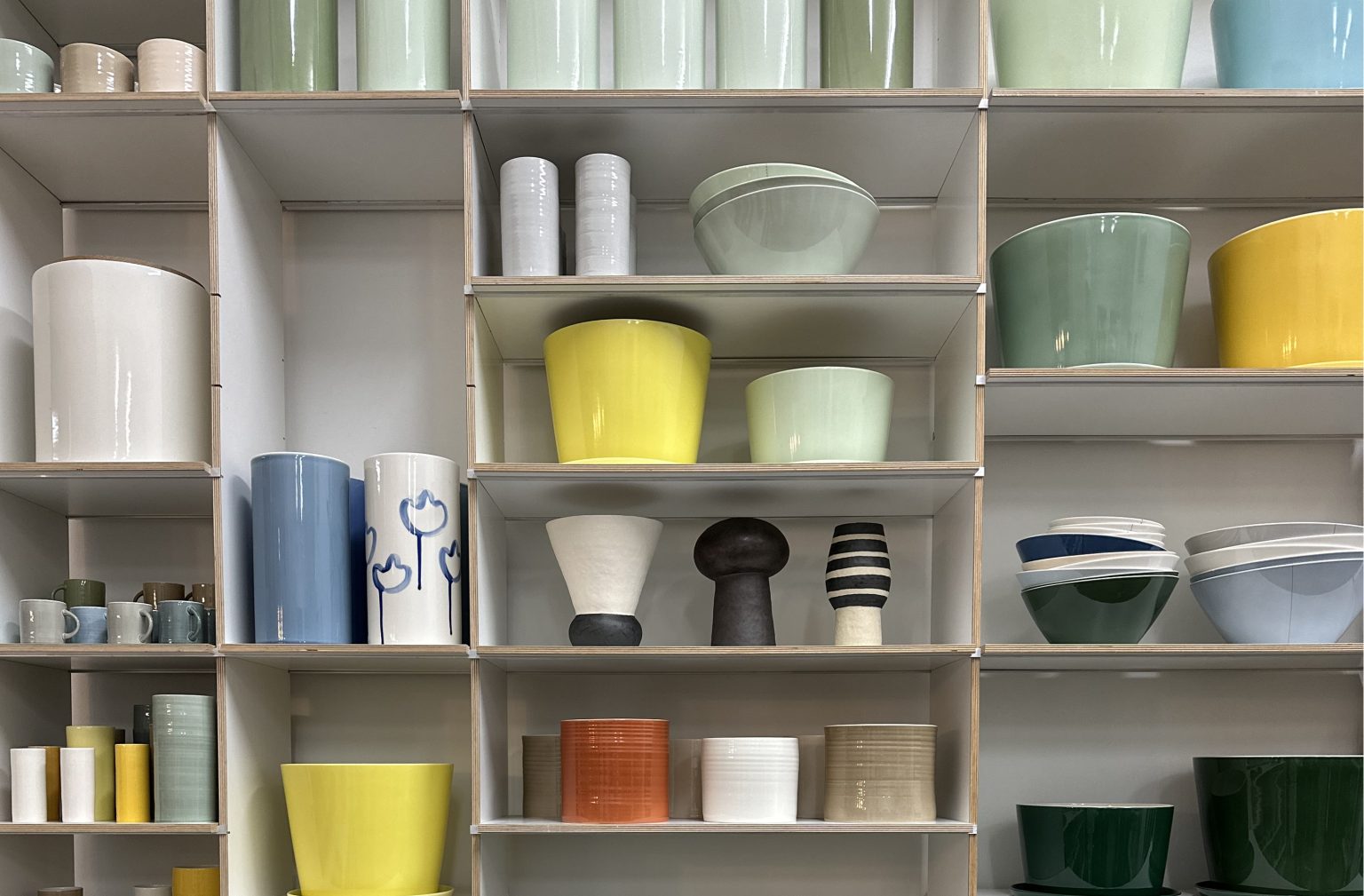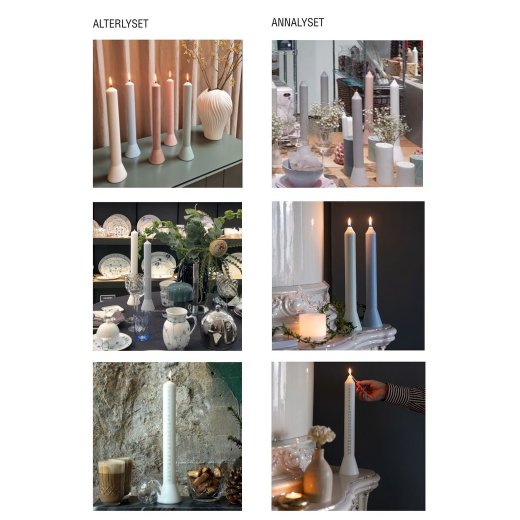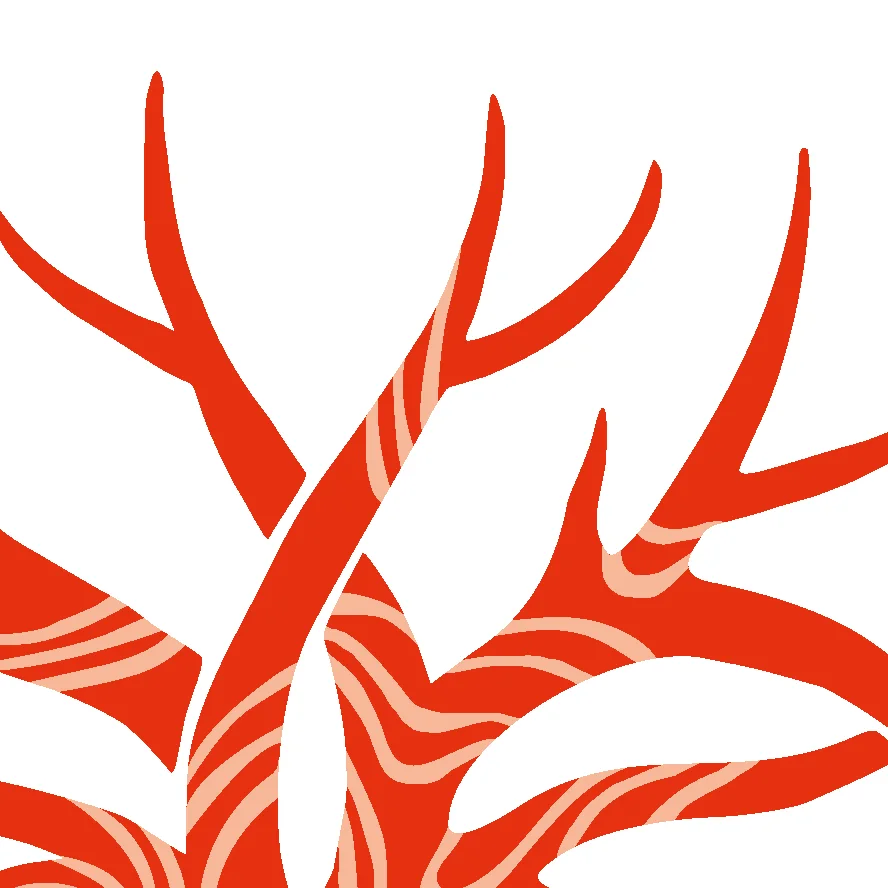Anne Black

We asked Anne Black if we could tell her story prior to the Supreme Court trial starting on Monday, March 13th 2023, at 9 a.m. Here is - for the first time - her perspective in print.
Anne Black interview
“She had been told that you couldn’t make a living as a ceramist,  so she cycled around to stores in Copenhagen, showing off her pottery and asking if they would sell her mugs and jugs.Soon after, she could barely produce enough to meet the demand. In her haste, she didn’t think of a company name; she just used her own, Anne Black, which, years later, was a well-known brand for a multi-million dollar business. It may soon collapse like wet clay.”
so she cycled around to stores in Copenhagen, showing off her pottery and asking if they would sell her mugs and jugs.Soon after, she could barely produce enough to meet the demand. In her haste, she didn’t think of a company name; she just used her own, Anne Black, which, years later, was a well-known brand for a multi-million dollar business. It may soon collapse like wet clay.”
Quote from the e-book: Anne Black
Download/read the entire interview here.
The verdict
On March 22nd, 2023, at noon, the verdict was in! Salling Group and Roland A/S was set to compensate the design company Anne Black ApS DKK 1,000,000.
Thus, it was established that Salling Group/Netto and Roland had infringed Anne Black’s copyright and violated the Danish Marketing Practices Act back in 2015. The Supreme Court agreed with the reasons stated by the High Court that Anne Black’s hanging pot “Grow” is protected under section 1(1) of the Danish Copyright Act and that all three products (“Grow,” “Bloom,” and “Contain”) are protected under section 3 of the Danish Marketing Practices Act.
Expert opinion is decisive evidence
Following expert witness Anne Qvist’s answers to several questions, the Supreme Court assumes that the hanging pot, vase, and lidded jar from Ronald and Salling Group essentially have the same design expression as Anne Black’s three designs and that it is very likely that the consumer will be able to confuse Anne Black’s designs with Ronald and Salling Group’s corresponding products. Against this background and for the reasons stated by the High Court, the Supreme Court finds that the three products from Ronald and Salling Group are such close imitations of Anne Black’s products that there is an infringement of Anne Black’s rights under section 1(1) of the Danish Copyright Act as regards the hammock and an infringement under section 3(1) of the Danish Marketing Practices Act as regards all three products.
The financial compensation
Under Section 83(1) of the Copyright Act, a right holder is entitled to financial compensation if the infringement has been committed intentionally or negligently. The financial compensation includes inter alia compensation to the injured party for the damage caused by the infringement. In determining the amount of compensation, paragraph 2 of the provision states that an account must be taken, inter alia, of the injured party’s loss of profit and the infringer’s unjustified profit. According to Section 24(2) of the Marketing Control Act, acts contrary to the Act are actionable in damages in accordance with the general rules of Danish law on damages. If the infringement has been committed intentionally or negligently, the person who exploits another’s right in breach of the law must pay reasonable compensation, cf. Section 24(3).
For the reasons stated by the High Court, the Supreme Court agrees that Ronald and Salling Group’s infringement of Anne Black’s rights under the Copyright Act and the Marketing Control Act can be imputed to them as at least grossly negligent. Ronald and Salling Group must therefore pay compensation for the loss suffered by Anne Black as a result of the infringement.
The basis for reduced claims
The Supreme Court finds that when determining the amount of compensation, it must be considered that, depending on the nature and seriousness of Ronald’s and Salling Group’s infringement of Anne Black’s rights, there is a basis for relaxing the requirements for proof of the amount of the loss. Anne Black has submitted statements showing a significant drop in turnover in the period after the infringement. In his answer to questions, the expert witness Torsten Ringberg has stated, inter alia, that Anne Black’s brand has been diluted as a result of Ronald and Salling Group’s sale of the imitations in question in Netto stores at a very low price, that this could certainly also create the perception that the brand was being phased out, and that future sales to a group of sophisticated customers with purchasing power would thus be lost. The expert has also stated that it is obvious, but not unequivocal, to conclude that Netto’s special offers contributed to the significant change in the sale of Anne Black’s products.
Against the stated background, the Supreme Court finds that it must be assumed that a significant part of Anne Black’s decline in turnover is due to market disruption and damage to Anne Black’s brand due to the infringement. The Supreme Court then found that the damages that Ronald and Salling Group must pay to Anne Black can be estimated at DKK 1,000,000.
Read the entire verdict here (in Danish).
Anne Black vs Salling Group/ Ronald – What the verdict tells us
On Wednesday, March 22, 2023, the supreme court ruled in favor of Anne Black in the seven-year-long dispute against Salling Group / Roland.
We asked Anders Valentin from Bugge Valentin about a statement on the verdict after having represented Anne Black in the supreme court:
It is extremely important for future design and copyright infringement cases that the Supreme Court not only acknowledges that minimalistic design may enjoy the extended copyright protection but equally important the Supreme Court, for the first time has eased the requirements of the burden of proof that the designer must meet to establish an economic loss.
We have also had time to dive into the verdict, and here are our takeaways on the possible learnings and impacts from the ruling.
1. This is about more than IP Rights
In Anne Black’s and many other cases, compensation is more complicated than merely estimating how much the infringer earned from copying a specific artefact.
When a designer’s product is copied, it often has just as much to do with the brand of the designer as it has to do with the individual product. For example, copying the Gucci handbag has less to do with the particular handbag design and more to do with the brand in general – and this is the same for designers at large. The damage as well goes well beyond the copied product. In the case of Anne Black, she saw a significant decrease in sales after Netto copied her brand and presented it as a discount offer.
But this requires lawyers that have a broader set of competencies than mere IP legislation. They need to understand branding, marketing law, and, not least, the intricate details of economic aspects related not solely to the copied artefact but to the whole business.
In the Anne Black case, the defence contested the estimations for the loss incurred. Therefore the lawyer for Anne Black was granted permission to do an economic review by the supreme court – but ultimately failed to do this.
When Bugge Valentin took over the case in the 11th hour, they were left with a case where the most crucial aspect – the incurred loss of profit – hadn’t been proven. And without them having enough time to do an economic review before the trial.

2. Compensation with a lessened burden of proof (a massive win for designers in the future)
The supreme court found Salling Group’s violations of IP Rights and marketing law so severe that they lessened the burden of proof.
Even though there hadn’t been an economic review – and even though profit loss and general brand damage are notoriously tough to estimate – the supreme court ruling shows that even without delivering hard evidence of profit loss, there is still a right to compensation.
For designers in the future, this ruling is a massive win for designers in both brand copying, like in the case of Anne Black, and innovation copying, where copying thwarts the opportunity for future sales because the innovative aspects of a product are copied in the early days of the product (before it reaches full market potential).

3. Lack of a clear description of how to calculate the size of compensation
The supreme court ruling didn’t tell how they concluded the size of compensation. This means that we will still see compensations differ quite a lot, and unfortunately, this will lead to longer infights in the court systems.
In all fairness, they probably didn’t have any other options since they needed the economic review to make a proper model for calculating loss incurred and compensation. In this regard, the verdict (and sum of compensation) is the absolute best we could hope for. But it is a terrible shame that the lack of the economic review blocked the opportunity for the supreme court to set a new compensation s
Conclusions
1. The lessened burden of proof for loss incurred is a massive win for designers. This will likely lead to more significant compensations in the future.
2. We need lawyers with a broader understanding of brand and business aspects as well as an understanding of IP Rights instead of a deep specialization solely in IP rights.
3. It is still an uphill struggle for designers, and year-long fights in the court system will still be the norm if designers want to protect their brand and product.



